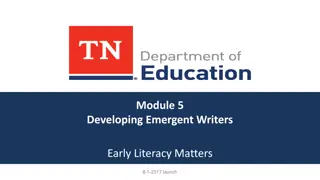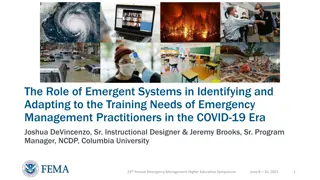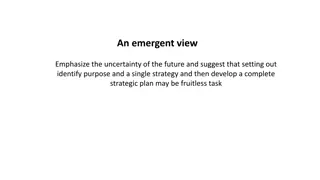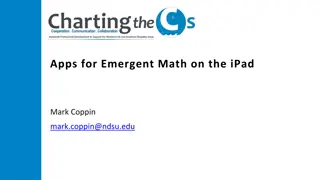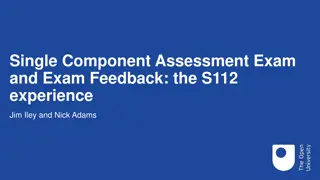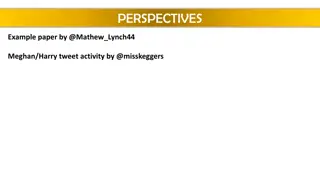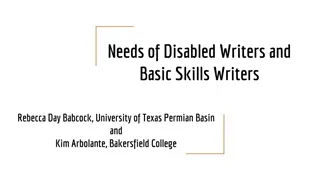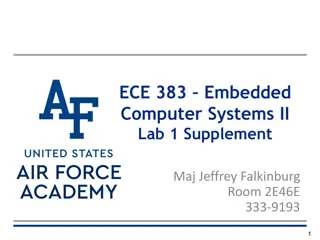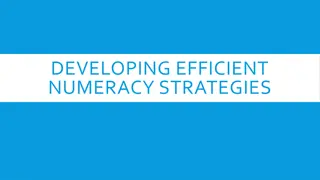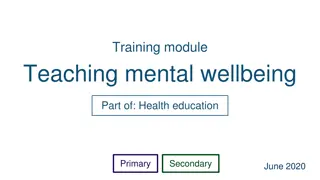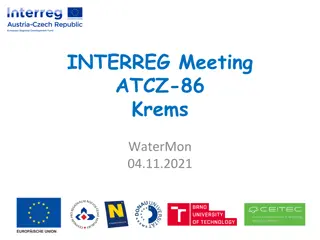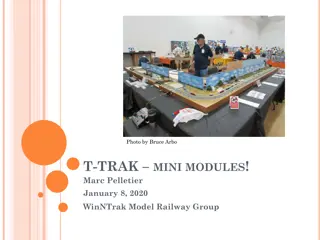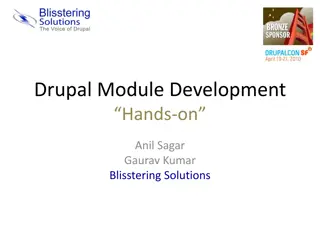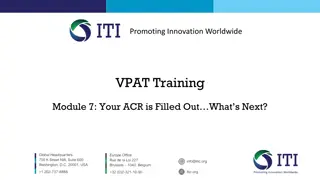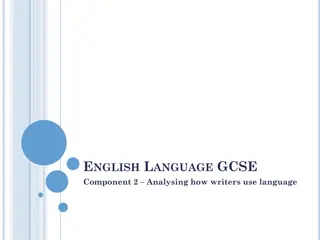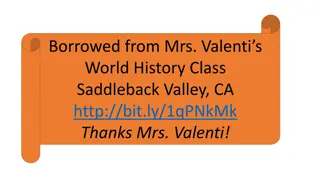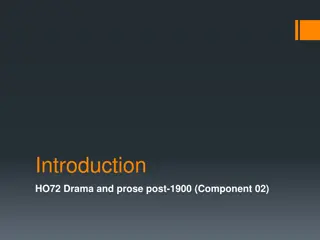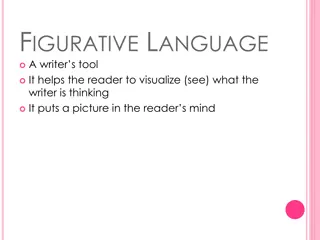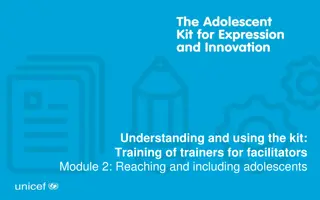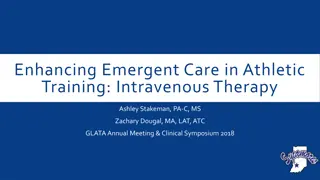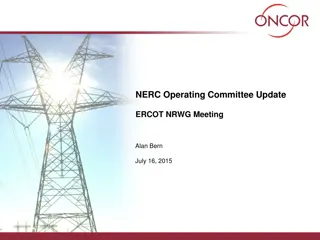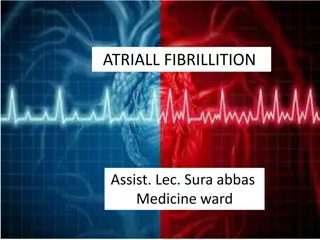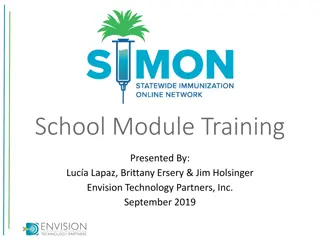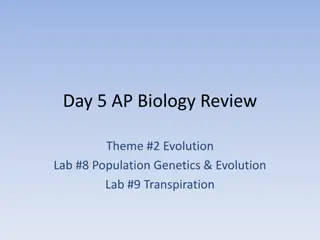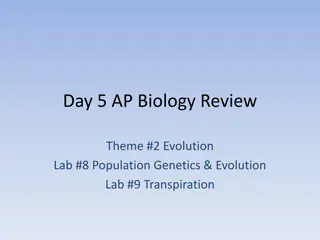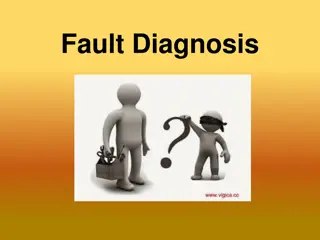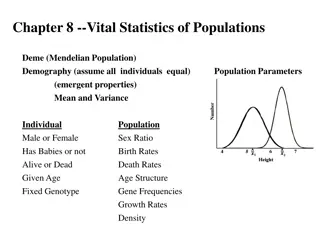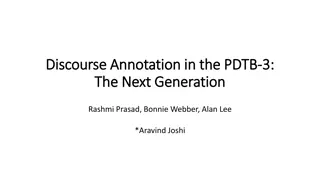Developing Emergent Writers: Module 5 Overview
Module 5 focuses on developing emergent writing skills in children through activities that enhance fine motor skills, hand-eye coordination, and left-to-right directionality. Teachers play a crucial role in modeling purposeful writing and providing opportunities for children to experiment with writing tools. The module aligns with the Read to be Ready Campaign's belief in the importance of early literacy and community involvement. Through instructional presentations and application activities, educators can create age-appropriate activities to foster emerging writers in the classroom.
Download Presentation

Please find below an Image/Link to download the presentation.
The content on the website is provided AS IS for your information and personal use only. It may not be sold, licensed, or shared on other websites without obtaining consent from the author. Download presentation by click this link. If you encounter any issues during the download, it is possible that the publisher has removed the file from their server.
E N D
Presentation Transcript
Module 5 Developing Emergent Writers Early Literacy Matters 8-1-2017 launch
Module 5: Developing Emergent Writers Module 5 at a glance In Module 4, you considered ways learning spaces and activities provide valuable opportunities for scaffolding and supporting listening, speaking, vocabulary, and phonological awareness skill development. In this module, you will: Explore specific activities for developing hand-eye coordination, finger and hand muscle strength, and left-to-right directionality needed for writing. Gain a better understanding of the important role of teachers in modeling meaningful purposes for writing. Learn how to create age-appropriate activities to develop emergent writing skills. 2
Learner Outcomes for Module 5 Learner Outcomes: LO1: Learners will describe the ways fine motor activities prepare children for writing. LO2: Learners will describe the role teachers play in modeling purposeful writing and in providing opportunities for children to experiment with writing tools. LO3: Learners will create age-appropriate activities to develop emergent writing skills for children in their classroom. 3
Connections to the Read to be Ready Campaign: This module aligns to the current Read to be Ready Campaign s following key beliefs: Early Literacy Matters: Teachers are critical: It takes a community: Video link to Early Literacy Matters from Read to be Ready Website: https://www.youtube.com/watch?v=60J8qRjRPkE 4
Module 5 Overview Overview: Module 5 will consist of 3 instructional presentations. These presentations will help you reflect on the special role a literacy-rich classroom environment plays in providing opportunities for children to develop emergent writing skills and interest in writing tools and materials. In Presentation 1, you will learn the importance of providing activities for children to develop muscles for hand-eye coordination, finger control, hand muscle strength, and left-to-right directionality. These skills physically prepare children for writing. In Presentation 2, you will focus on the important role teachers play in modeling the use of writing tools and meaningful purposes for writing. In Presentation 3, you will examine developmentally appropriate activities for developing emergent writing skills for children in the classroom. Following each presentation, you will have the opportunity to apply your learning through Application Activities included in the Learning Guide. 5
Suggested Timeline for Completing Module Modules contain 4 short presentations that are designed to be completed during relaxed ratios or other times as set by your school or agency. Your director or program coordinator may suggest or establish a timeline for each presentation to be completed within the module. Please take a moment to confirm your site s requirements while noting the submission deadline for the final Learning Application Assignment that you will submit electronically to your literacy coach for feedback and support. All other completed activities will remain in your participation guide and available for your coaches review. Section 1: Start at beginning of module and complete Presentation 1 and Practice Activity 1. Section 2: Complete Presentation 2 and Practice Activity 2. Section 3: Complete Presentation 3 and Practice Activity 3. Section 4: Complete the Learning Application Assignment for Module 5 and submit it electronically to your literacy coach for feedback and support. 6
Presentation 3: Creating Activities to Develop Emergent Writing Skills Activities for developing emergent writing skills should provide opportunities for children to develop hand-eye coordination, hand and finger muscle strength, and concentration. Emergent Writing activities should be appropriately sequenced to build towards scribbling and drawing over time. While emergent writing activities look different across the ages, activities should be created to support appropriate emergent writing skill development. 7
Sequencing Emergent Writing Activities Consider what skills children need to develop for successful early writing and then backward plan from there. For example, if you know children will need to be able to write with pencil and paper, think of what needs to take place before they are able to do this? Sequence activities to build children s knowledge as well as their physical and cognitive skills for writing. Include activities that work on muscle development and strength as well as those that foster coordination and concentration. 8
Interacting with Print In Module 2, we learned about the importance of creating print-rich learning environments. Here, in Module 5, we are exploring children s writing development. Let s connect print-rich environments to children s writing development. If print is displayed and available for children to see and interact with, they will refer back to these when they are attempting to write. If menus are available in a dramatic play restaurant, children will use those to write orders for customers. 9
Practice Activity 3: Four Year Olds For this practice activity, you will create a sequence of three activities that will help four year olds to develop hand muscles strength, hand-eye coordination, and beginning left-to-right directionality. Materials needed: basket with mini water spray bottle, sponge, and small scrub brush. stringing necklace beads and string, lacing cards and string, easel and paper, variety of paint brush sizes and one color of paint. Instructions: First Activity: At activity time, bring the washing caddy with water bottle, sponge, and brush. Choose a four year old to participate and select a table to scrub clean. Use slow, deliberate hand motions to demonstrate on how to spray the table lightly. Then use sponge to wash table in horizontal, left-to-right strokes. Use brush in circular motions, moving left-to-right across the table. Allow child to participate as they are able. Celebrate that stage all attempts! Second Activity: Bring beads and string to child, intentionally model finger movements to insert and pull the string through the bead. Allow child to participate and create a bead necklace. Third Activity: Set up the art easel to have one paint color and 5 different size brushes. Allow child to create vertical top to bottom strokes across the paper using the various paintbrushes. Record your observations in the Learning Guide 10
Practice Activity 3: Reflection Questions Emergent Writing: All Age Groups Practice Activity 3: Reflect on the Emergent Writing Activities you engaged in with a child and briefly respond to each of the questions below in the Learning Guide: How was planning ahead helpful? How was your language and hand movements intentional? How did the child respond? How do these activities support emergent writing development? How did your interactions help to foster the child s interest in writing? 11


